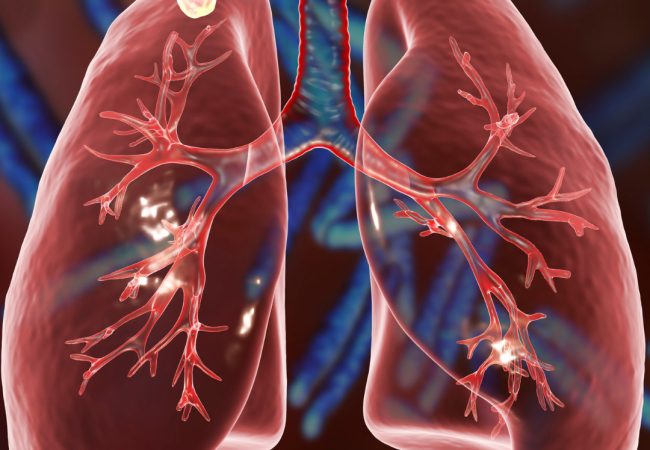
First specific PET scan for TB could enable more effective treatment
A more accurate way to scan for tuberculosis (TB) has been developed by UK and US researchers, using positron emission tomography (PET). The team, from the Rosalind Franklin Institute, the Universities of Oxford and Pittsburgh and the National Institutes of…
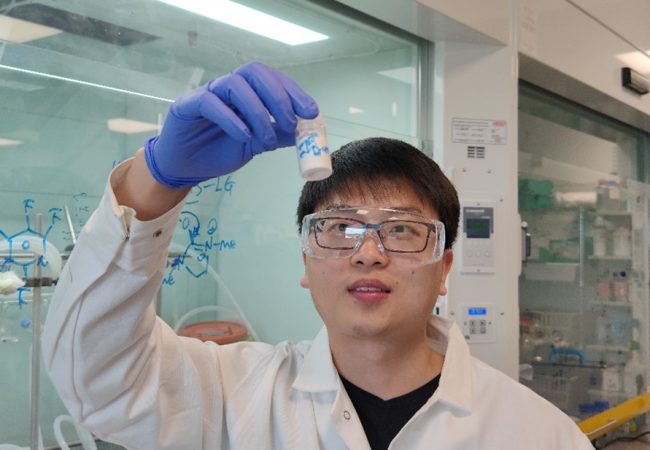
A new greener chemical method for transforming native sugars
A team of scientists from the Rosalind Franklin Institute and National University of Singapore have developed a more efficient and sustainable chemistry for connecting sugars to diverse partner molecules in a way that mimics nature. Complex sugars perform a variety…
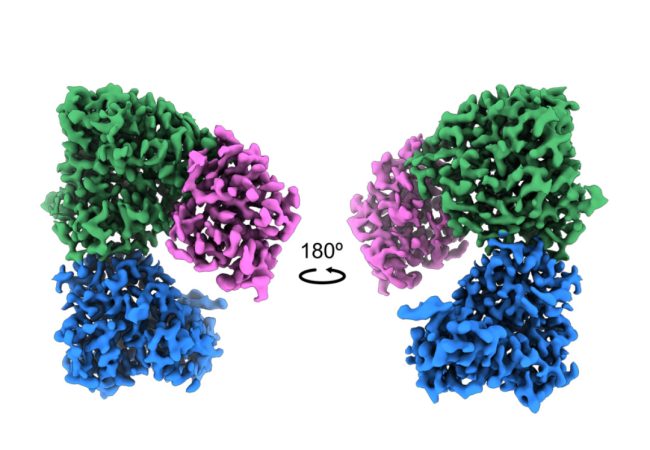
Key Biosynthesis Enzyme Structurally Resolved
Franklin researchers, in collaboration with the University of Oxford, Keele University and Queensland University of Technology have succeeded in characterising the bifunctional enzyme NDST1. In doing so, they have closed a knowledge gap: providing the final experimentally resolved structure for…
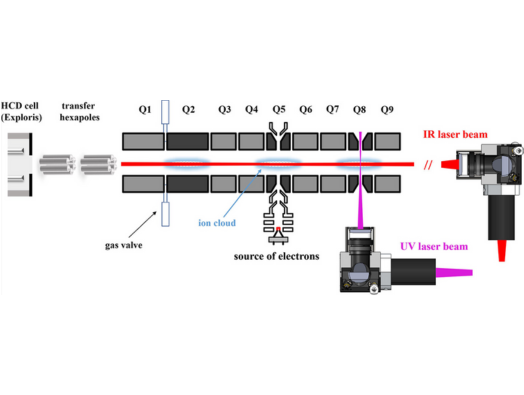
All-in-One Platform for biomolecule analysis
Researchers from the Rosalind Franklin Institute, Fasmatech and Thermo Fisher Scientific have developed, constructed and characterised a one-of-a-kind bespoke mass spectrometer that is capable of comprehensive characterisation of most types of biomolecules. The researchers have initially started with peptides and…
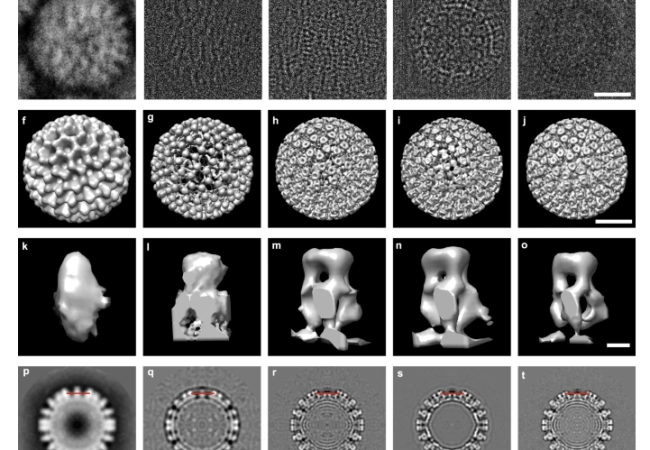
Developments in cryo-electron ptychography
Researchers at the Rosalind Franklin Institute working alongside colleagues at Nanjing University, University of Warwick, Diamond Light Source and University of Oxford are adapting an electron microscopy technique for life sciences which was originally developed for the materials science. Using…

‘Native’ radical creation technique opens new doors in protein editing
In the human body, proteins in our cells are often modified after production. A process called glycosylation helps fine-tune our immune systems, while another called ubiquitination helps remove damaged or unwanted proteins from the cell. These natural processes, however, only…
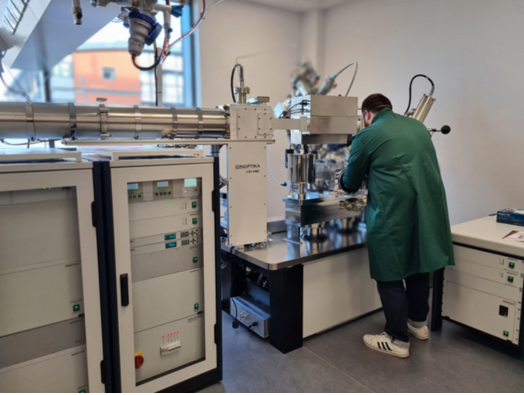
J105 at the Franklin
The J105 SIMS (J105) is a special 3D imaging Time of flight Secondary ion mass spectrometer (ToF SIMS) instrument manufactured by Ionoptika. SIMS is a technique used to look at the composition of surfaces by hitting the specimen with a focused…
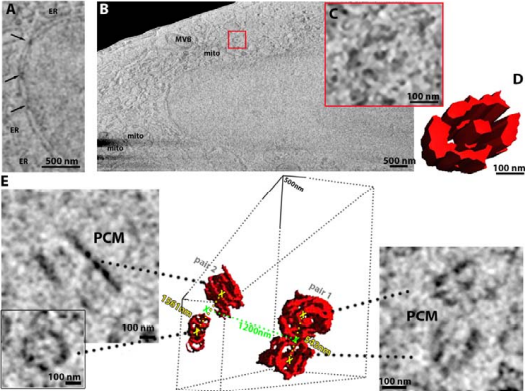
Improved plasma-based imaging technique paves way for higher-resolution analysis of health and disease
A multidisciplinary team of scientists has shown, for the first time, that a microscopy technique called cryo-plasma FIB/SEM can produce high-quality volumetric information of natively preserved biological samples, precluding the need for fixation or resin embedding. This paves the way…
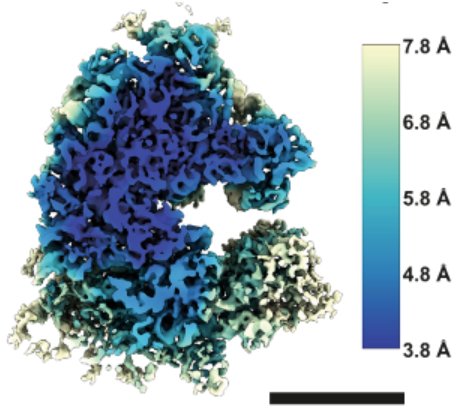
A new approach that advances the field of electron cryo-tomography
Rosalind Franklin Institute researchers, working with Thermo Fisher Scientific, have developed a new approach that advances the field of electron cryo-tomography. This plasma ion sources for sample preparation required for in situ structural biology electron cryo-tomography and enables future studies into sample…
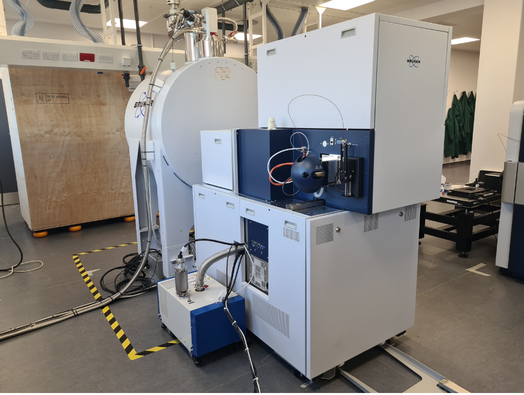
A new and unique mass spectrometry instrument has arrived at the Rosalind Franklin Institute
A new and unique mass spectrometry instrument has arrived at the Rosalind Franklin Institute as a part of our collaboration with the instrument manufacturer, Bruker. The instrument is designed to be a precision tool for the structural study of biomolecules.…
